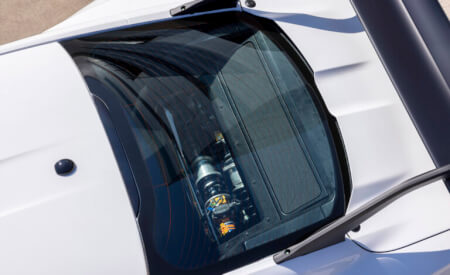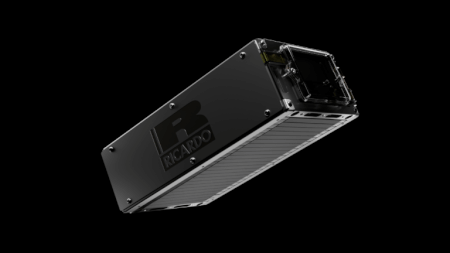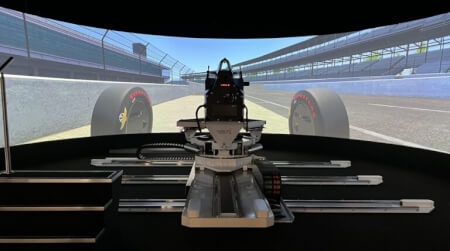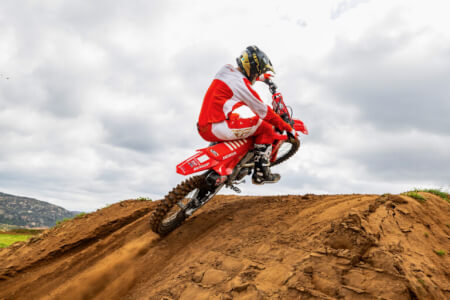June 6th 2024
Mustang GTD showcases new suspension technology
Performance is central to the all-new Mustang GTD, which features a semi-active suspension system at all four corners, with a pushrod-actuated rear end supported by a race-proven tubular subframe.
From its active aerodynamics to its carbon-fiber body, magnesium wheels and rear transaxle, the 2025 Ford Mustang GTD integrates race-proven technology into a road-going vehicle – and the semi-active suspension system is the centerpiece of this race-to-road influence.
The all-new Mustang GTD showcases advanced engineering with its Multimatic Adaptive Spool Valve rear shock absorbers, prominently displayed through an in-cabin suspension window.
This feature is designed to enable both the driver and onlookers to admire the suspension’s craftsmanship and functionality without removing any panels.
Jim Owens, Mustang GTD marketing manager, said of the design choice, “The rear suspension is designed for purpose, but it’s also just a beautiful thing to look at. It would have been a shame for us to hide it away never to be seen.”
The suspension window, made of polycarbonate with a scratch-resistant coating, measures roughly 24in wide by 10in tall, showcasing the blue and gold accents on the dampers like a “precision timepiece”, the auto maker states. “With a car as capable as Mustang GTD, we had to do something that’s just plain cool and owners will appreciate,” Owens said.
The Adaptive Spool Valve (ASV) dampers by Multimatic bring race car technology to the road, providing enhanced agility and confidence in extreme track driving situations. These dampers can transition from their softest to firmest setting in 15ms, enabling rapid adaptability based on drive mode, road surface and driver inputs.
“We’ve never done a suspension like this on Mustang,” said Greg Goodall, Mustang GTD chief program engineer. “To meet the aggressive lap time targets we set, we looked to motorsports for that inspiration to do something really advanced. This cutting-edge suspension and advanced dampers are key to turning a Mustang into a Mustang GTD.”
Ford says the GTD’s inboard rear suspension, with shocks and springs positioned low between the rear wheels, reflects its commitment to bringing track-derived technology to production vehicles – an approach demonstrated by the strong, stiff and weight-efficient tubular subframe.
The ASV dampers, proprietary to Multimatic, are engineered to optimize performance beyond typical racing parameters. Each damper in the Mustang GTD is equipped with two springs. For street driving, these springs work in tandem to provide a comfortable ride; in Track mode, one of the springs is hydraulically compressed, nearly doubling the spring rate and lowering the vehicle by approximately 40mm (1.6in) to enhance track capability. This stiffer spring rate is designed to improve mechanical grip and aerodynamic grip. The active aerodynamics of the Mustang GTD press down on the car at high speeds, and the firmer springs counter aerodynamic squat, maintaining maximum tire contact during acceleration, braking and cornering.
“Adaptive damping allows more flexibility in absolute ride performance compared to a passive damper,” said Scott Keefer, vice president at Multimatic Engineering, “It lets you decouple the ride versus handling compromise that you would normally make in damper tuning. Our system is a double win in that adjustments feel very analog, very natural in terms of motion control.”
The Mustang GTD will appear at the Le Mans 24 Hours in June, before heading to the 24 Hours of Spa and the Goodwood Festival of Speed. It will also spend the summer testing in Europe, before attempting an officially timed sub-seven-minute lap of Germany’s legendary Nurburgring Nordschleife later this year.
For more Industry News, please Click Here














